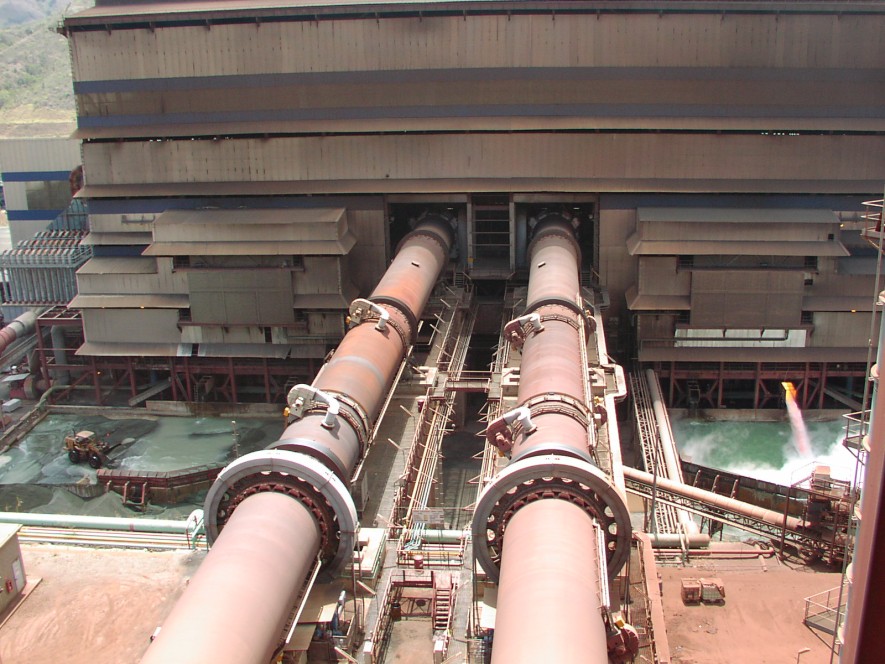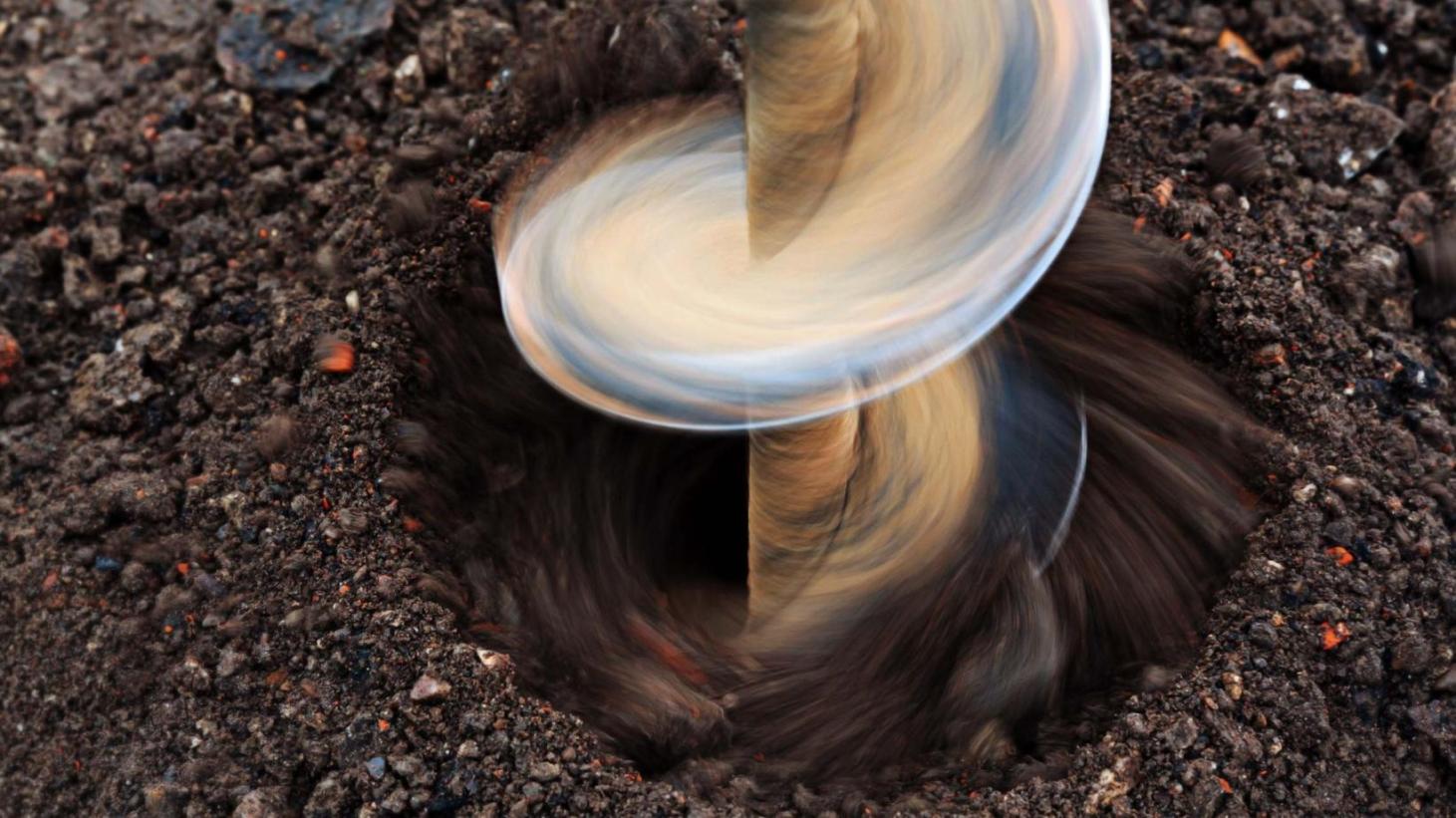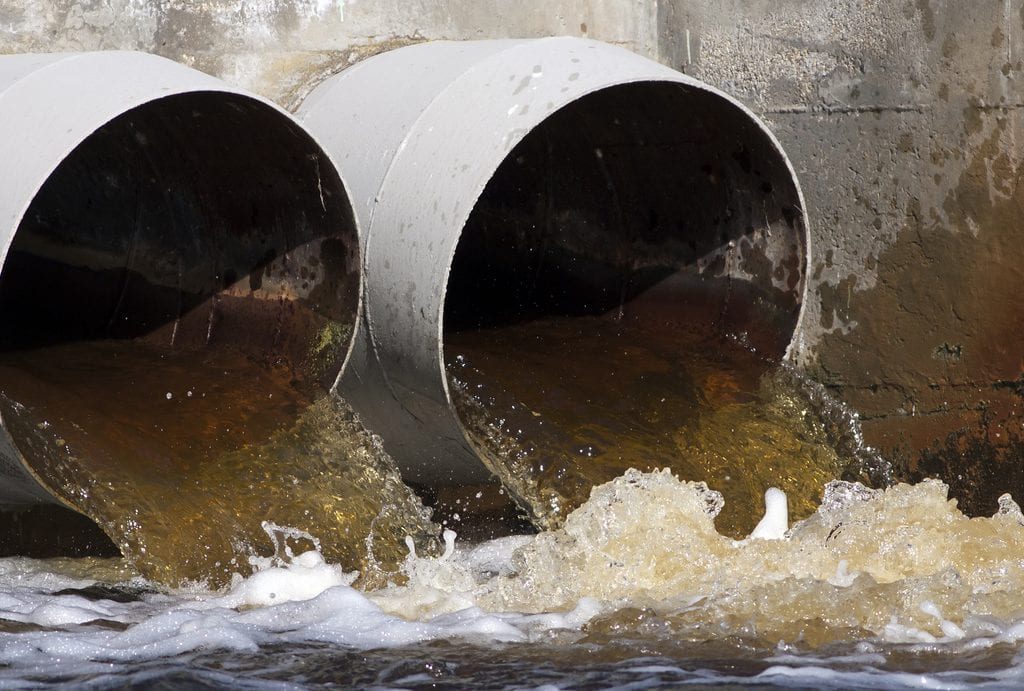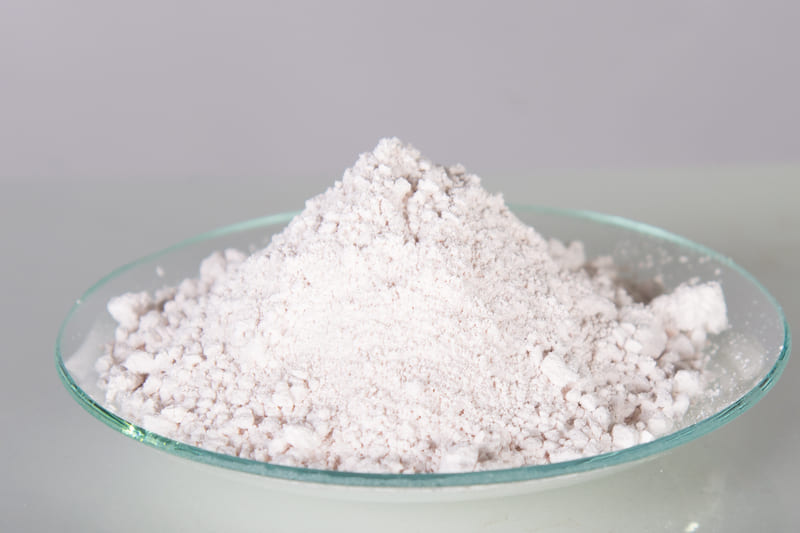An alkaline earth metal oxide is synthetic magnesium oxide. The primary source of magnesium oxide is the calcination of natural minerals. The most prevalent form of magnesium oxide is magnesite (MgCO 3).
Seawater, groundwater sediments and deep salt substrates can be mentioned as important sources of magnesium oxide in which magnesium hydroxide [Mg (OH) 2] is processed. Magnesium is the eighth most abundant element in the table, making up about 2 percent of the earth’s crust and usually 0.12 percent of seawater.
Magnesium oxide production
Magnesium carbonate must be calcined to form magnesium oxide. The temperature utilized for this purpose has a significant impact on getting the intended result. The lower the calcination temperature, the greater the reactivity. Calcination converts magnesium oxide applications MgCO 3 and Mg(OH) 2 to MgO (magnesium oxide).
Applications of magnesium oxide
MgCO 3 and Mg (OH) 2 are converted to MgO (magnesium oxide) by calcination.
Calcination at temperatures ranging from 700 to 1000 degrees Celsius produces caustic magnesia. Magnesium oxide is calcined at temperatures ranging from 1000 to 1500 degrees Celsius from magnesium oxide in sections with lower chemical activity, such as fertilizer and animal feed.
Deadburn magnesia (burnt-dead magnesium oxide) produced in shaft and rotary kilns at temperatures above 1500 ° C is an inert compound and is therefore more suitable for refractory applications. Melted magnesia is used for a variety of refractory and refractory applications as well as electrical applications. This type of magnesia is produced in electric arc furnaces from caustic magnesium at a temperature of more than 2650 degrees Celsius.

Properties of magnesium oxide
Magnesium oxide of magnesium ions and oxygen form the compound MgO. There is a wide range of refractory and electrical applications in which magnesium plays an important role, including:
- Resistance to fireproof
- Refractories
- Magnesia plants
- Cement
- Heating elements
- Thermocouple pipes
- brake pad
- Plasma screen
- Wastewater treatment
- Agriculture
- the health
Resistance to fireproof
Good corrosion resistance is one of the features of this compound. Examples include steel slag, sodium hydroxide, iron, and nickel. It can also help you in the following cases.
- High thermal conductivity
- Low electrical conductivity
- Infrared transparency
- Applications
Application of magnesium oxide in refractories
Magnesia is widely used in the steel industry as refractory bricks. It is often impregnated with carbon (diameter, earth, graphite) to provide the best corrosion resistance properties in basic slag environments, especially in BOF furnaces or refinery ladle slag lines.
Magnesia bricks are often used in combination with spinel or chrome in the ferroalloy, non-ferrous, glass and cement industries. Magnesium-based castings and sprays are widely used for basic refractory coatings for steel transfer applications. The ratio of lime to silica in Magnesia has a major impact on its properties.
Magnesium oxide is a pure material that is also known as “Magnesia” or “Pericles.” Because of its melting point of 2800 degrees Celsius, magnesium oxide is used in high-temperature furnaces in the brick-making industry. Magnesia comes in three varieties: DBM, CCM, and FM, with magnesium oxide levels ranging from 55 to 98%.
Magnesia plants
Magnesia plants in superalloy, nuclear and chemical industries that require corrosion resistance; Have found application. Purity grades are commercially available. Additives are used to promote sintering or to limit crystal growth. It varies from clay to yttrium and alumina depending on the application. Plants with stability of 2400 ° C in air, 1700 ° C in reducing atmosphere, 1600 ° C in vacuum and 1400 ° C in hydrogen have been reported in the articles.
Application of magnesium oxide in cements
Production of magnesium oxide in shaft and rotary furnaces Magnesia is also used as a room temperature curing agent for phosphate cements.
Drilling Magnesium Cement (Magnest): It is used as the main material for preparing drilling magnesium cement slurry.
Types of drilling magnesium cement
It is classified into two types based on the application temperature and closing time:
Low temperature drilling magnesium cement (ordinary magnet): This type of cement is used at temperatures below 200 degrees Fahrenheit.
High temperature drilling magnesium cement (retarded magnet): This type of cement is used at temperatures above 200 degrees Fahrenheit.
Application of magnesium oxide in drilling mud
During the drilling of oil wells, the drill sometimes passes through layers with fine and coarse porosity, causing the drilling mud to come out of such pores and waste it.
And due to the high price of drilling mud, it is necessary to use a material as a sealant for such pores, there are several types of materials in the world that are used in this industry, most of these materials are mainly pores and pores of the pores of the layers. Oil wells are blocked forever.
The use of these blockers is critical for oil well drilling operations, but in the Production Zone, where it is necessary to extract oil and eventually pass through these holes to the outlet pipes, the use of these blockers mud on the efficiency of the well. It has a negative effect.
In order to prevent the reduction of oil exploitation, it is necessary to use blocking materials to prevent wastage of drilling mud, which we take out of the mentioned holes after the completion of drilling operations. Until the cavity returns to its original natural state. For this purpose, a special cement called drilling magnesium cement is used.
Alkaline magnesium oxide powder reacts with magnesium chloride solution as well as magnesium sulfate in appropriate concentrations to form two types of magnesite cement. Magnesium oxychloride and oxy sulfate cement are both hard cements with useful properties.

Application of magnesium oxide in heating elements
Magnesia powder is widely used as a filler for electric heating elements in contact with air or liquids.
Melted magnesia is the ideal combination of electrical resistance and thermal conductivity. MgO forms a layer between the element and the outer sheath. It is also used as mineral insulation in cables.
brake pad
Magnesium oxide is used in brake pads due to its thermomechanical properties. Its medium hardness sufficiently reduces metal wear while conducting heat through friction contact surfaces.
Plasma display
Magnesium oxide is used as a protective film for plasma screens.
Wastewater treatment
Magnesium oxide because it is also known as a strong acid; It can also be used as a water and wastewater purifier.
Due to the stabilization and stabilization of magnesium oxide and having this feature, this solution can be used in wastewater and industrial water treatment. One of the widespread ways to treat industrial water and effluents and groundwater is to use this solution. . Knowing that metal species are soluble at pHs below 6 and pHs above 11, and since magnesium oxide has buffering properties, this combination regulates the pH of water and the ability to form bonds with metal ions in the treatment of industrial water and wastewater. And groundwater is effective.

Application of magnesium oxide in agriculture
Due to the buffering properties of magnesia, it can play an important role in reducing the solubility of metals. If in the agricultural sector, magnesium oxide Add to the soil, strengthens the soil and prevents the reaction of metals. Due to the buffering properties of magnesium oxide solution, the granular form of this solution is used to reduce the solubility of heavy metals, which has a destructive effect on On different species and soil quality. In this regard by adding Magnesium oxide to the soil can improve its quality and prevent possible reactions of metals. Magnesium oxide prevents the dissolution of metal species in the soil and does not cause toxicity to plants. Also, fertilizers containing Magnesium oxide is used to increase soil quality and enrichment.
Application of magnesium oxide in health
One of the most commonly used topics is to use this combination to maintain or improve health. Magnesia can be used for muscle cramps, heart problems, treatment of depression, insomnia, fatigue, etc. One of the drugs to relieve heart pain and indigestion is magnesium oxide. This solution is used as an effective antacid and laxative. Digestive disorders improve with the use of this drug. Of course, because the use of this combination has its own rules; Be sure to consult a specialist and a doctor to avoid complications.
Application of magnesium oxide Applications of magnesium oxide
One of magnesium oxide’s benefits and qualities is that we can use it to increase the amount of milk fat in animals. It also keeps acidosis at bay. It can also be used to make energy out of sugar.
last word
This post was about magnesium oxide and what it is, and how it works. If you use this miracle compound the right way, it can help you do your job better and even make you healthier. But one of the most exciting ways magnesia is used is in refractories, which we discussed briefly in this article. If you need more information, please get in touch with us so we can help.


